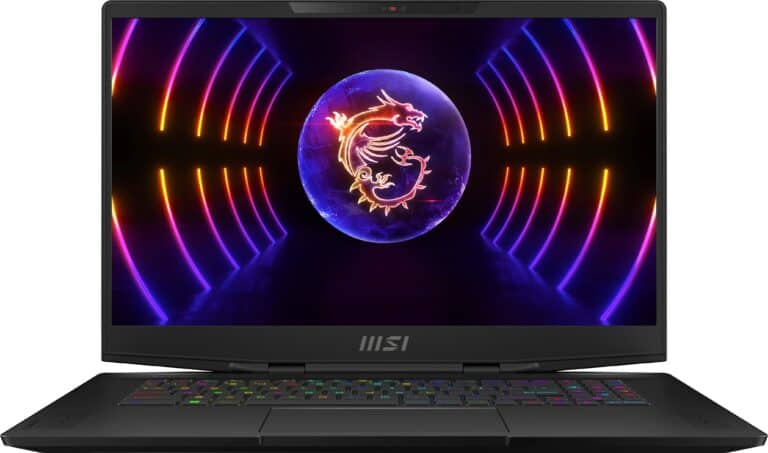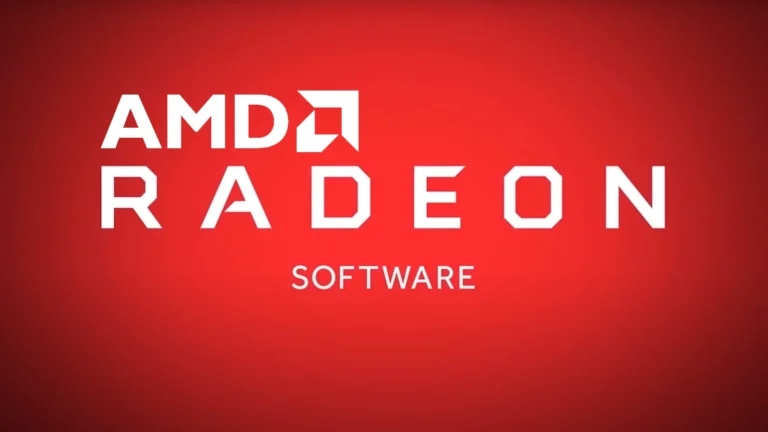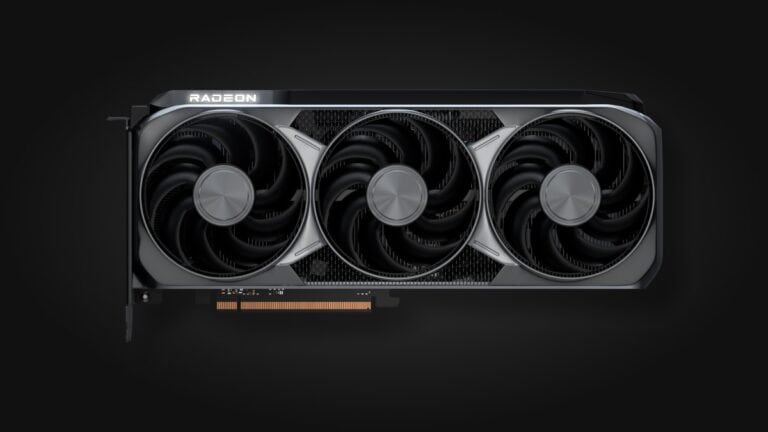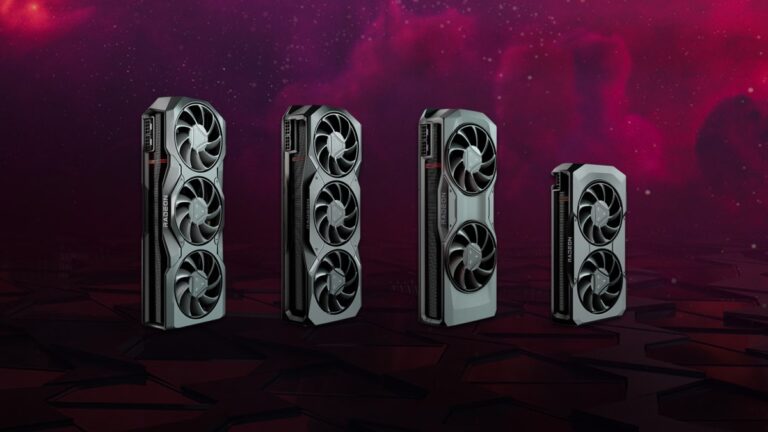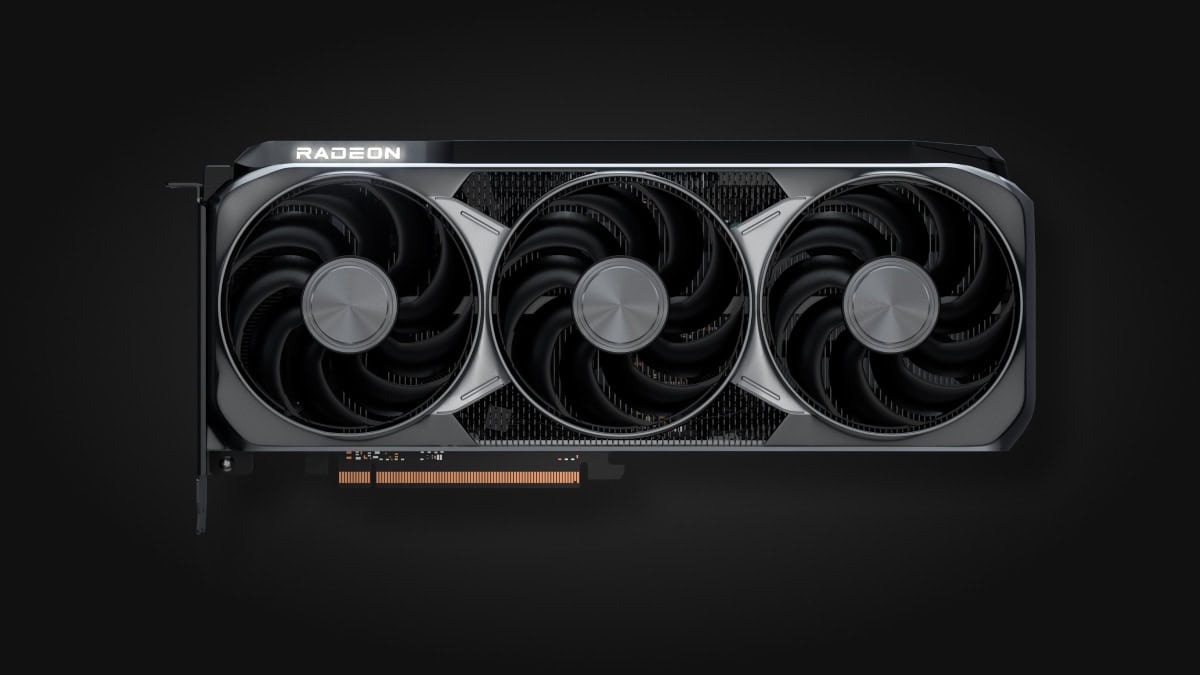
The launch of the NVIDIA RTX 5090 and 5080 has once again laid bare a frustrating reality for PC gamers: scalpers and bots are wiping out stock in minutes, leaving legitimate buyers scrambling for scraps. The same pattern has repeated across multiple GPU launches in recent years, including AMD’s Radeon RX 9000 series, the Nvidia RTX 50-series, and even Intel’s B580 cards in late 2024.
With each new release, hopeful consumers watch as their much-anticipated hardware disappears from online stores within seconds, only to reappear moments later on resale platforms at double or triple the MSRP. The RTX 5090, for example, launched at an already steep $2,000, but resale prices skyrocketed to an outrageous $6,000–$7,000 within hours. Similarly, AMD’s RX 9000 series promised “wide availability,” yet affordable models vanished instantly, leaving only premium-priced variants in stock.

The Scalping Crisis and Why It’s Getting Worse
Scalper bots, also known as “sniper scripts,” have become increasingly sophisticated. These automated programs scan retailer websites, add GPUs to carts faster than any human could, and check out within milliseconds. Some scalpers even operate entire farms of bots across different IP addresses and payment methods to bypass retailer restrictions.
While this issue has persisted for years, it’s gotten markedly worse due to several factors:
- Stronger AI-Powered Bots: New scalping software, some even utilizing AI-driven automation, can now bypass CAPTCHA security, monitor site restocks in real-time, and snipe inventory within fractions of a second.
- Post-Pandemic Manufacturing Constraints: Supply chain disruptions haven’t fully recovered, making it harder for companies to meet demand.
- Increased Demand from AI Enthusiasts: AI researchers and professionals are now buying gaming GPUs for machine learning and AI model training, adding more competition.
Even Intel’s Arc B580 launch in December 2024 saw similar problems. While Intel isn’t a dominant player in the high-end GPU market, its budget-friendly cards were quickly scalped and resold at a premium.
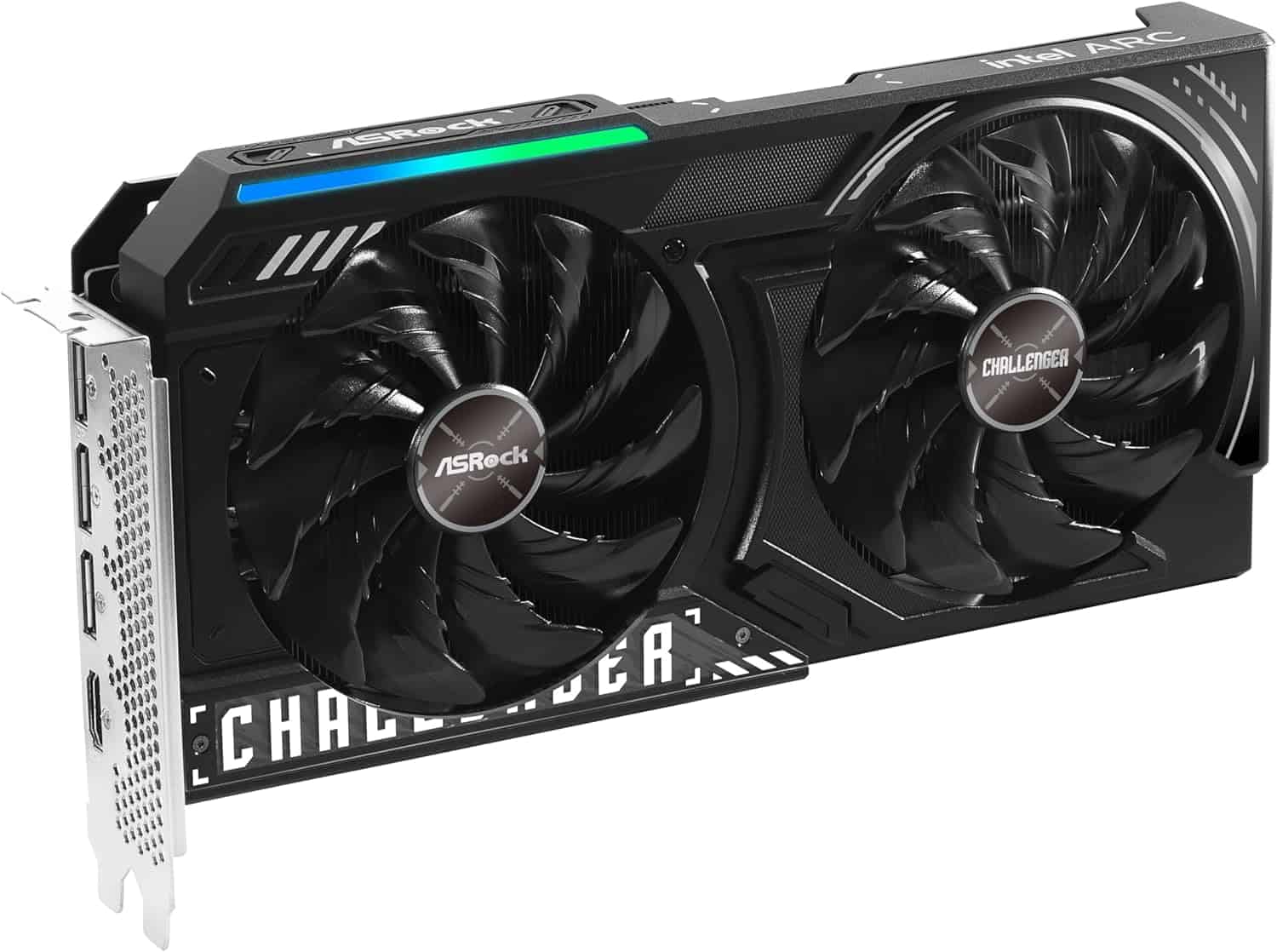
Gamers Fighting Back
The frustration among gaming communities is palpable. Some have taken creative measures to fight back:
- Fake eBay Listings – Some gamers create fake scalper listings with deceptive product descriptions (such as selling “a picture of an RTX 5090” instead of the actual GPU) to trick scalping bots into purchasing useless images.
- Retailer Blacklists – Some websites are tracking known scalpers and banning their accounts.
- Community Watchdogs – Gamers are now sharing real-time stock alerts to help each other secure GPUs before bots do.
However, these are band-aid solutions to a much larger problem.
Can Retailers Stop This?
Retailers have tried implementing stricter policies to curb scalping, but with mixed success. Some measures that have worked include:
✔ Verified Priority Access – Nvidia introduced this system for the RTX 5090 and 5080 Founders Edition, where gamers must have an Nvidia account with gaming activity history to qualify.
✔ Address & Payment Restrictions – Some stores limit buyers to one GPU per household and require ID verification to prevent bot accounts.
✔ Queue Systems & Captcha Tests – Several online stores have implemented anti-bot queues that prioritize real users.
Retailers like Newegg, Best Buy, and Micro Center have experimented with these measures, but some bot networks have found ways around them. Until these protections are enforced at a larger scale, scalpers will always find a way to game the system.
Should Scalping Be Illegal?
The resurgence of scalping controversies has reignited calls for legal restrictions. The UK already banned scalping bots for ticket sales, while the “Stopping Grinch Bots Act” in the U.S. seeks to outlaw similar practices for consumer electronics. However, enforcement remains a challenge.
Meanwhile, Japan has successfully cracked down on scalping. Companies there require buyers to register purchases under their real names, making it harder for resellers to hoard products. If similar laws were applied globally, scalpers would have a much harder time dominating every GPU launch.
The Future: Hope or More Frustration?
For now, every major GPU launch continues to be a disaster for regular consumers. Nvidia, AMD, and Intel must do more to ensure their hardware reaches actual gamers instead of scalpers. Until they fix supply issues, enforce better anti-bot measures, or support stronger legal action, expect this frustrating cycle to continue.
If you’re still hunting for a next-gen GPU, your best bet might be waiting for restocks or hoping the scalpers eventually give up—but in the current market, that’s easier said than done.
Key Takeaways
- Scalper bots are increasingly sophisticated, bypassing traditional security measures and depleting new GPU stock within minutes of launch.
- Gamers are demanding retailers implement purchase limits by address and payment method to ensure fair distribution of limited hardware.
- Creative countermeasures like fake listings and community pressure on manufacturers suggest consumers are taking active roles in fighting predatory reselling practices.
The Rise of Scalping and Botting in GPU Launches
The graphics card market has changed dramatically in recent years. What was once a simple process of buying new tech has become a frustrating battle against automated systems and resellers.
Scalpers now use sophisticated bots to purchase large quantities of in-demand GPUs the moment they launch. These bots can wipe out stock in minutes, leaving genuine gamers and PC enthusiasts empty-handed.
NVIDIA’s recent RTX 50-series launch has been particularly problematic. Many consider it NVIDIA’s worst launch ever due to the immediate stock depletion and subsequent price gouging on secondary markets.
How Scalping Works:
- Bots monitor multiple retailers simultaneously
- Automated checkout completes purchases in seconds
- Multiple orders placed across different accounts
- Cards immediately listed at inflated prices
You might wonder why retailers don’t stop this practice. Unfortunately, many traditional anti-bot measures have proven ineffective against increasingly sophisticated scalping operations.
The impact on the gaming community has been severe. Your new gaming PC build is likely on hold for months as you wait for reasonable prices or stock to return.
Some gamers have fought back with creative methods. PC enthusiasts are now trolling GPU scalper bots to disrupt their operations, showing the community’s frustration with the current situation.
The message from gamers is clear: online retailers must limit GPU purchases while stock is low to ensure fair distribution.
Impact on Gamers and the Consumer Market
The GPU scalping crisis has created profound and far-reaching consequences for gaming enthusiasts and the broader PC component market. Financial impacts, emotional frustration, and market distortions have combined to create a hostile environment for those simply wanting to enjoy new technology.
Frustrations in the Gaming Community
The latest NVIDIA RTX 50-series launch has left many gamers feeling betrayed and powerless. When bots wiped out stock within minutes, legitimate customers were left empty-handed despite waiting months for the release.
Many enthusiasts report staying up all night to secure a card, only to find websites crashing or inventory disappearing from their carts before checkout completion. This cycle of anticipation and disappointment has become all too familiar.
“I saved for eight months to buy an RTX 5090, and couldn’t even get one at retail price,” shares a Reddit user. This sentiment echoes across forums and social media, where gamers have started trolling scalper bots in retaliation.
Inflated Prices and Market Distortion
The financial consequences of scalping are immediate and severe. Cards with MSRPs of $999 appear on secondary markets for $1,800-$2,500 – a markup of 80-150%.
These inflated prices create artificial market conditions where:
- Mid-range cards become priced as high-end products
- Previous generation cards maintain inflated values
- Retailers have little incentive to combat bots
- Budget-conscious gamers are priced out completely
Many enthusiasts save for months or years to upgrade their systems, only to find their budgets suddenly insufficient. This distortion ripples through the entire component market, affecting PSU, case, and cooling sales when primary builds are abandoned.
Barrier to Entry for PC Building Enthusiasts
The scalping crisis has transformed PC building from an accessible hobby into an exclusive club. First-time builders face a particularly steep challenge when budgeting for systems.
You’re now forced to make impossible choices: compromise on lower-tier components, wait indefinitely for restocks, or pay scalper premiums. This situation has pushed many potential enthusiasts toward console gaming or pre-built systems.
Gaming communities that once thrived on helping newcomers build custom PCs now spend time discussing strategies to combat scalpers instead of sharing build advice.
The long-term impact may be a shrinking PC gaming market as the barrier to entry continues to rise, threatening the diverse ecosystem that has defined PC gaming for decades.
Gamers’ Demands and Proposed Solutions
As frustration mounts over continued GPU shortages, gamers have rallied behind several potential solutions to combat the scalping problem that has plagued recent launches, including the RTX 5090 and 5080 release. These approaches target different aspects of the purchasing process to ensure fair distribution.
Stricter Regulations on Scalping
Many gamers are calling for legislative action to curb scalping practices. You might be surprised to learn that several countries are now considering laws that would specifically target high-volume electronics reselling at inflated prices.
Some proposed regulations include:
- Maximum markup limits on resold electronics (typically 10-15% above retail)
- Mandatory cooling-off periods of 30-90 days before reselling new products
- Anti-bot legislation with penalties for using automated purchasing software
These legal approaches are gaining traction after the overwhelming demand for the RTX 5090 in January 2025 led to complete sellouts within 20 minutes of release. Gaming communities are actively petitioning lawmakers to classify large-scale GPU scalping as a form of market manipulation.
Improved Retailer Purchase Systems
Retailers are facing mounting pressure to implement stronger anti-scalping measures at the point of sale. Many gamers believe that online retailers must limit GPU purchases by address when stock is low.
Effective retailer solutions being demanded include:
- CAPTCHA and human verification systems that actually work against sophisticated bots
- One-per-household limits enforced through address, payment method, and account verification
- Queue systems that fairly process orders in the sequence received
- Staggered release times to prevent server crashes and give more chances to purchase
Some tech experts have suggested preventing the use of bots and multiple purchases for online sales as a targeted approach. You might notice more retailers implementing these measures as customer satisfaction becomes tied to fair purchasing opportunities.
Direct Sales Channels and Lotteries
Alternative distribution methods are gaining popularity as traditional retail channels continue to be overwhelmed by scalpers. NVIDIA’s recent Priority Access program for the RTX 5080 and 5090 represents one approach.
Gamers are advocating for:
- Manufacturer-direct purchase programs with verified gamer accounts
- Transparent lottery systems giving equal chances to all registered buyers
- Loyalty programs that reward long-term customers with purchase priority
- Pre-order systems with guaranteed delivery dates, even if delayed
You might find these systems more satisfying as they remove the frustration of competing against bots. Some manufacturers are already testing verified gamer programs that require proof of gaming history before allowing purchases of high-demand components.
Manufacturers’ and Retailers’ Response
GPU manufacturers and retailers have implemented various measures to combat the scalping problem plaguing recent launches. These efforts range from purchase limits to verification systems, though their effectiveness remains debated among the gaming community.
Attempts to Curb Bot Transactions
NVIDIA and major retailers have introduced several technical solutions to fight automated purchases. Many websites now employ CAPTCHA verification and queue systems that require human interaction. These measures aim to slow down bots that can complete purchases in milliseconds.
Some retailers have developed more sophisticated methods like browser fingerprinting and behavioral analysis to detect bot activity. This technology can identify when a purchase doesn’t follow typical human browsing patterns.
Major retailers have also started staggering inventory releases rather than making all stock available at once. This approach helps prevent bots from snatching entire inventories in the crucial first minutes of a product launch.
Despite these efforts, determined scalpers continue to evolve their methods. The cat-and-mouse game between retailers and bot operators means protection measures must constantly improve.
Policies to Deter Scalpers
Purchase limits have become standard practice, with many stores restricting customers to one high-demand GPU per household. Some online retailers have been urged to enforce stricter limits during periods of extremely low stock.
Retailer Policies to Combat Scalping:
- One GPU per customer/household
- Address and payment method verification
- Cancellation of suspicious bulk orders
- Priority access for verified gamers
Some retailers have implemented “verified gamer” programs that give purchasing priority to customers with legitimate gaming histories. These programs require proof of previous purchases or gaming platform accounts.
Pricing strategies have also evolved, with some retailers choosing not to honor the MSRP during high-demand periods. While controversial, this approach reduces the profit margin for scalpers by bringing retail prices closer to market value.
Community Engagement and Transparency
Manufacturers have increased communication with customers about stock levels and upcoming shipments. This transparency helps manage expectations and reduces panic buying.
NVIDIA and AMD have hosted community forums where you can voice concerns about availability and scalping. These direct communication channels allow companies to better understand customer frustrations and adapt their strategies.
Some creative approaches have emerged from the community itself. Gamers have developed methods to troll scalper bots by listing fake products – like photographs of GPUs instead of actual hardware – to waste scalpers’ time and resources.
Community reporting systems have also been implemented, allowing you to flag suspicious listings and potential scalpers. These crowdsourced moderation tools help identify and remove inflated listings more quickly.
Industry reports suggest that NVIDIA’s inventory management practices may contribute to scarcity, though the company maintains that production constraints are the primary issue.
Future of GPU Launches
The landscape of GPU purchasing is poised for significant changes as both manufacturers and retailers recognize the need to address the scalping crisis. New technologies and market adjustments may finally bring relief to frustrated gamers.
Technology Advancements in Anti-Botting Measures
Advanced anti-bot technologies are emerging as potential saviors for fair GPU distribution. Companies like Kasada are developing solutions that can detect and block scalper bots that currently bypass traditional defenses during launches. These systems analyze behavior patterns rather than just checking CAPTCHAs.
Some retailers are implementing virtual queuing systems with human verification steps that bots struggle to navigate. Hardware-based verification is also gaining traction, where your existing hardware fingerprint validates your purchase legitimacy.
NVIDIA and AMD are exploring blockchain-based purchase verification systems tied to gaming accounts. This would ensure that GPUs are sold to actual gamers with established gaming profiles rather than automated purchasing systems.
You might soon see more creative anti-scalping measures like those seen when gamers trolled bots with fake listings – but implemented officially by retailers themselves.
Predictions for Supply and Demand Normalization
Market analysts predict supply chain improvements that should increase GPU availability by late 2025. Manufacturers are investing in expanded production capacity specifically to mitigate the bottlenecks that create opportunities for scalpers.
You can expect more transparent pricing strategies in future launches. NVIDIA’s approach has been criticized as benefiting from the scalper ecosystem, but public pressure may force more consumer-friendly practices.
Pre-order systems with guaranteed delivery windows are likely to replace the current “fastest-finger” launch model. This would distribute cards more fairly over time rather than creating frenzied launch events.
Price stabilization should occur as manufacturers adjust MSRPs to more realistic levels. Currently, some manufacturers like Asus are increasing prices on overclocked models well above MSRP, but market competition should eventually correct these practices.
Frequently Asked Questions
The GPU scalping crisis has raised important questions about fairness, prevention methods, and industry responsibility. These FAQs address the most pressing concerns about the current situation.
What measures are being taken by manufacturers to prevent scalping during GPU launches?
NVIDIA and other manufacturers have begun implementing purchase limits on their official stores, restricting customers to one or two high-demand GPUs per household. Some are using verified customer programs that require account history before allowing purchases of premium products.
Companies are also exploring queue systems where interested buyers register ahead of time and receive a place in line. This helps distribute products more fairly compared to the first-come-first-served approach that favors bots.
Some manufacturers have started working with retailers to implement CAPTCHA and other human verification systems at checkout. These systems help distinguish between human buyers and automated programs.
How can consumers identify and avoid purchasing from scalpers?
Check pricing against manufacturer suggested retail prices (MSRP). If a GPU is selling for significantly above MSRP without any added value, it’s likely from a scalper.
Examine seller profiles and history on marketplaces. New accounts with multiple high-demand items or suspicious reviews should raise red flags. Legitimate sellers typically have established history and balanced feedback.
Purchase from authorized retailers and official manufacturer stores whenever possible. While stock may be limited, these sources sell at the intended price points and offer proper warranties and support.
PC gamers have been fighting back by posting fake listings that trick bots into purchasing worthless items instead of actual GPUs. While creative, a safer approach is simply avoiding third-party marketplaces during launch periods.
Are there any legal actions that can deter scalpers from exploiting GPU launches?
Some jurisdictions have introduced legislation targeting ticket scalping, but few laws specifically address computer hardware scalping. Similar laws could potentially be applied to GPU sales, though enforcement remains challenging.
Consumer protection laws in certain countries prohibit price gouging during emergencies, but these rarely apply to luxury goods like graphics cards. Some lawmakers have begun exploring targeted legislation as gaming hardware becomes more mainstream.
Discussions about outlawing scalping are ongoing, though implementing effective laws presents significant challenges. The borderless nature of online commerce makes enforcement particularly difficult.
What are the implications of GPU scalping on the gaming industry and gamer community?
Scalping creates artificial barriers to entry for new PC gamers who cannot afford inflated prices. This potentially shrinks the market for game developers who create hardware-intensive titles.
Community frustration and division emerge when some gamers can access new hardware while others cannot. This leads to resentment within what should be a unified hobby community.
Gaming hardware innovation may slow if manufacturers see less incentive to push technological boundaries. If scalpers capture profit margins that would otherwise go to hardware developers, R&D budgets might suffer.
The practice also damages trust between consumers and both retailers and manufacturers, with gamers often blaming companies for enabling scalping through artificial scarcity.
How do bot protection systems work to ensure fair purchasing during high-demand product releases?
Modern bot protection uses behavioral analysis to identify non-human shopping patterns. These systems flag unusually quick checkout times or suspicious navigation through websites.
IP monitoring helps retailers identify multiple purchase attempts from the same source. Advanced systems can detect VPN usage and other methods scalpers use to hide their identity.
Device fingerprinting technology creates a unique profile of each customer’s computer or phone. This helps identify when someone is using multiple accounts from the same device to bypass purchase limits.
Some retailers employ dynamic challenges that change with each purchase attempt, making it harder for bots to be programmed to overcome them consistently.
What roles do online retailers and marketplaces play in combating the issue of scalping?
Retailers can implement stricter purchase limits and better verification systems. Some have begun canceling suspicious bulk orders that appear to be from resellers.
Marketplaces like eBay could introduce price caps on items above MSRP for a certain period after launch. While not currently common practice, consumer pressure could lead to such policies.
Better coordination between retailers and manufacturers would help identify suspicious purchasing patterns across different stores. This would make it harder for scalpers to bypass individual store limits.
Some online stores have started requiring in-store pickup for high-demand items, which significantly reduces scalping since bots cannot physically retrieve products. This hybrid approach has proven effective but limits availability to consumers near physical locations.


